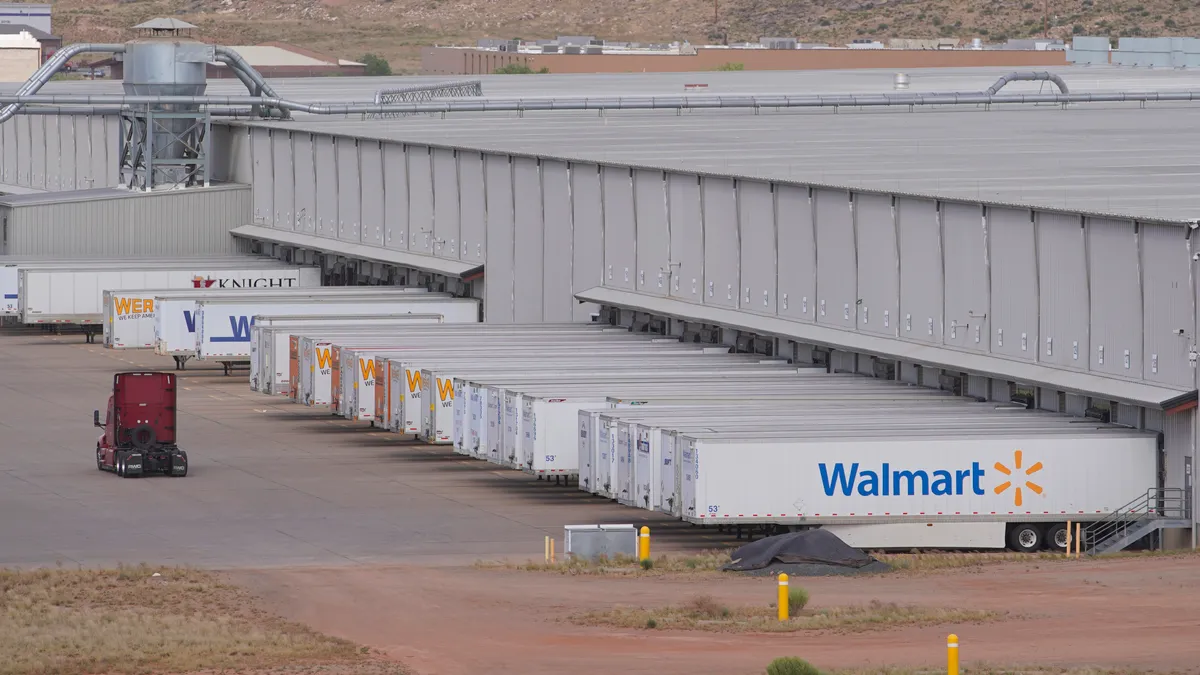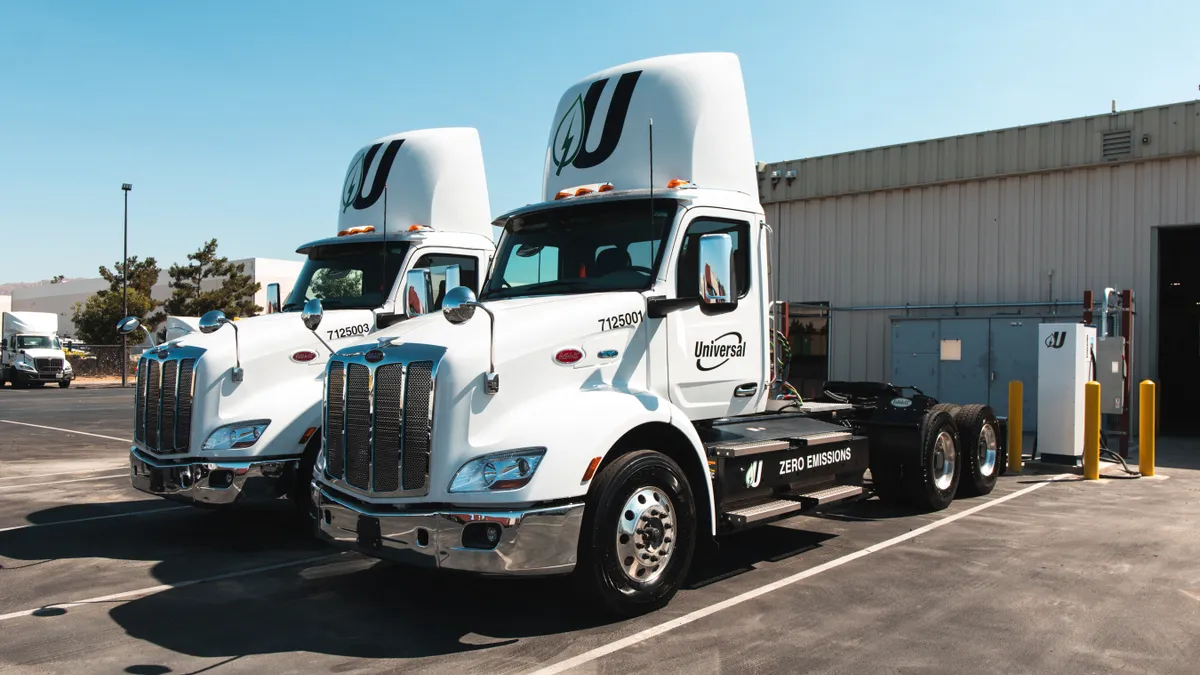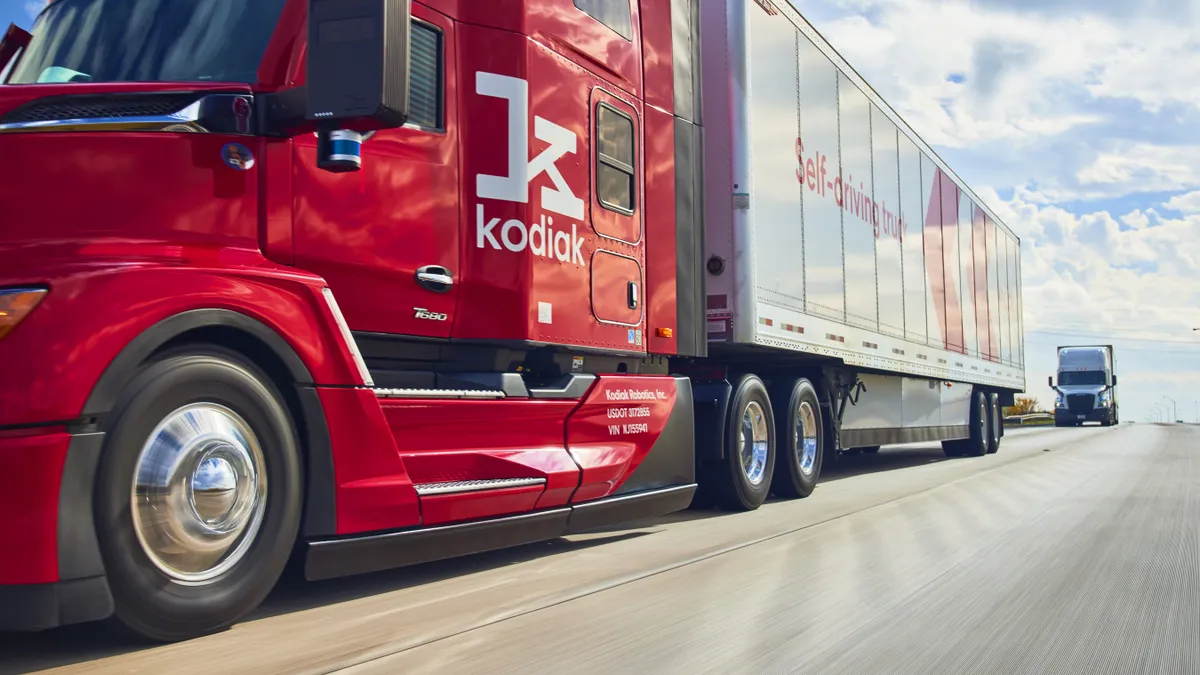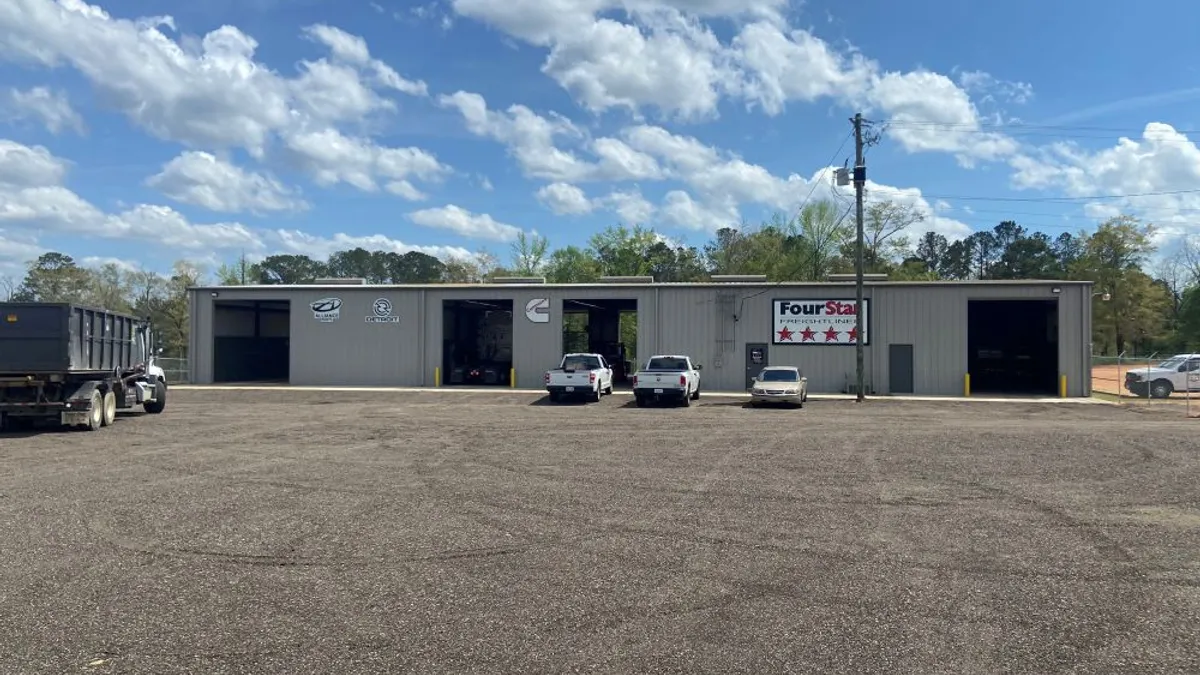Retail activity, powered big league by e-commerce, is likely to keep on trucking through 2021. Consumers may have different needs after living through a pandemic.
In the early months of the coronavirus in the U.S.. there were many bulky purchases and a lot of furniture shipping. Dry vans, loaded with wood and tools, headed everywhere in North America. People were told to stay home, and many consumers looked to make home improvements.
Now, with many schools, universities and workplaces reopening in the fall, experts expect a switch to apparel, office goods and school supplies soon, before the consumers switch to service spending.
On Tuesday, the National Retail Federation reported that "consumers plan to spend a record $108 billion for school and college supplies combined. Apparel, footwear and electronics are the top items on families’ lists."
“The pandemic forced parents and their school-aged children to quickly adapt to virtual learning, and they did it with an incredible amount of resolve and flexibility," said Matthew Shay, federation president and CEO. "We enter the new school year with plans to return to the classroom, and retailers are prepared to help Americans find and purchase whatever they need to make this transition as seamless as possible.”
Jason Miller, an associate professor of supply chain management at Michigan State University, also noted freight is starting to move toward clothing.
"People are getting around to go back out again, so they need new clothes," he said.
Closets are in bad shape, experts said, and even if they're filled with clothes, the clothes may not fit. The pandemic shutdowns and stay-at-home advisories over time may have added an inch or two to U.S. waistlines. So, tailors and dressing rooms will likely be busy.
"Consumers are spending more on items like electronics and clothing as they make plans for students to resume activities in person this fall," said Phil Rist, executive vice president of strategy of Prosper Insights, in a July news release from the federation. "For those in particular with children in elementary to high school, shoppers are putting the largest portion of their budgets toward electronics, new clothes and accessories."
Regardless of the switch to different types of goods, some experts believe inventories still have not recovered from being picked thin, and then picked some more when resupplied in 2020 and early 2021. The continued inventory stock-up will keep trucking busy until consumer picking starts to wane.
That smaller, less-bulky freight will have to be moved across the country by TL and LTL fleets, which trucking experts expect to keep trucking firms busy through 2022.
Shippers are trying to lock down lanes they need by contracting with dedicated fleets. But most of the new volume will be in the spot market and, to a lesser degree, the contract market, according to Dean Croke, DAT principal analyst.
The big carriers that will benefit will be J.B. Hunt, Schneider, Werner and Knight-Swift.
"They all have big intermodal units," said Croke.
Back to office
Trucking usually starts hauling seasonal items in July, starting with back to school and ending with the big Christmas orders. But shippers have been alarmed by various supply chain snags, including congested ports. They began procuring goods earlier, Croke said.
For clothing, that means ASAP.
"People aren't going to wait because they can't get capacity on the ocean side," said Croke.
The other reason for ordering things sooner is that shippers are getting used to wild cards, such as stormy weather, or factory fires disrupting the computer-chip market.
So North America is asking for made-overseas apparel sooner, and Croke agrees that clothing, for schools and offices, are part of that trend.
"Apparel volumes are going to be through the roof this year," said Croke.
And that means dry vans will be needed to carry the goods, Croke said. By the third week of July, Croke said he observed reefer volumes going down.
Spot linehaul rates
Yet dry van spot rates were $2.42 per mile for the week of Aug. 1. That is nearly 50 cents higher YoY. But more surprisingly, that's more than 50 cents higher than three years ago, when 2018 was setting freight records and trucking had a capacity crunch.
The capacity crunch continues, but a slowdown in industrial production should free up trailer space for dry goods.
Industrial production is down about 4% since pre-pandemic days. Miller said since industrial is about 58% of tonnage, the 4% decline is bigger than one might imagine. And industrial production continues to slow, Miller said.
What's a fleet to do?
The response to the ongoing plateauing of volumes and spot rates should be to order more equipment, Croke said. But even that is complicated by supply chain headaches, such as the chip shortage.
Croke said June orders were down because OEMs have not yet opened build slots. Likely, when OEMs open those slots, there will be a record level of truck and trailer orders, Croke said.
Fleets should also continue to recruit drivers. Croke said there is reason to be optimistic that candidates are hearing the call for more drivers and other fleet workers. Employment in truck transportation grew 3.4% from June to July, according to the Bureau of Labor Statistics.
Miller said it's hard to tell how many of those new employees are Class 8 drivers.
Regardless, fleets should not expect a slowdown in e-commerce and retail behavior until some time in 2022, as consumers spend their cash reserves on goods, before deciding to spend more on services such as food and vacations.
"We will see strong retail sales through the rest of the year," said Miller.
"We are not even in peak shipping season yet."

Dean Croke
Principal Analyst at DAT
Croke said even if carriers are not focused on retail now, they are "spinning their wheels" off now to grab high rates and meet the demand for dry van movement of retail products.
Demand will only heighten in the next few months, and that will mean a lot more demand for dry vans.
"We are not even in peak shipping season yet," said Croke.
Once the Christmas retail season is over, excess capacity could arrive as it did in early 2019, leading to a decline in spot rates, Croke warns.
But one thing that will constrain a rate drop is the capacity crunch, Croke said. Baby boomers are retiring at an accelerating rate, and that means fewer truck drivers, he said.
"Even if demand falls off, I think you're going to see a real tight capacity crunch for some time to come," said Croke.




















